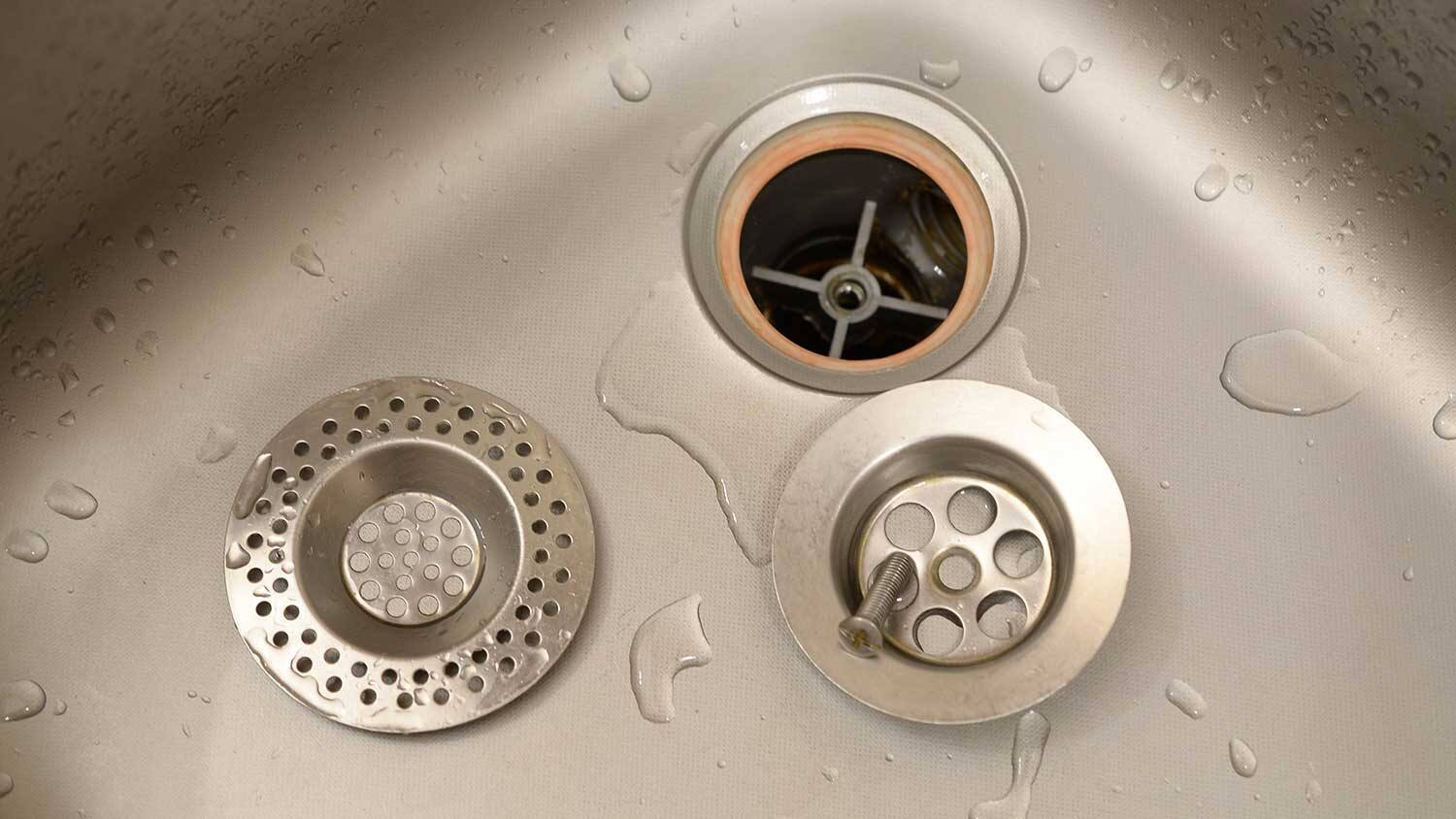

Articles
How To Install Kitchen Sink Strainer
Modified: December 7, 2023
Learn how to install a kitchen sink strainer with these helpful articles. Find step-by-step instructions and expert tips to complete the installation easily.
(Many of the links in this article redirect to a specific reviewed product. Your purchase of these products through affiliate links helps to generate commission for Storables.com, at no extra cost. Learn more)
Introduction
When it comes to maintaining and upgrading your kitchen, installing a new sink strainer is a task that can make a significant difference. The kitchen sink strainer plays a crucial role in preventing debris, food particles, and other waste from clogging your pipes and causing plumbing issues.
Whether you’re renovating your kitchen or simply replacing a worn-out strainer, this article will guide you through the step-by-step process of installing a kitchen sink strainer. By following these instructions and using the right tools, you can successfully complete the installation and ensure a tight and leak-free connection.
Before we dive into the installation process, it’s important to gather the necessary tools and materials. Having everything prepared in advance will make the process smoother and more efficient. Here’s a list of what you’ll need:
- Adjustable wrench
- Plunger or suction cup
- Screwdriver
- Plumber’s putty
- New sink strainer
- Locknut and rubber gaskets (included with the new strainer)
- Bucket or towel
Now that you have the necessary tools and materials, we can proceed with the step-by-step installation process. Let’s get started!
Key Takeaways:
- Upgrade your kitchen by installing a new sink strainer to prevent clogged drains and plumbing issues. Follow the step-by-step guide for a leak-free and efficient installation process.
- Gather the necessary tools, clean the sink area, apply plumber’s putty, and test for leaks to ensure a successful installation. Enjoy a functional and hygienic kitchen with a well-installed sink strainer.
Read more: How To Replace Sink Strainer
Tools and Materials Needed
Before you begin the installation process, it’s essential to gather all the necessary tools and materials. Having everything prepared in advance will save you time and ensure a smooth installation. Here’s a list of what you’ll need:
- Adjustable wrench: This tool will help you loosen and tighten nuts and bolts.
- Plunger or suction cup: A plunger or suction cup can be used to remove the old sink strainer if it’s stuck.
- Screwdriver: Depending on the type of screws used, you may need either a flathead or Phillips head screwdriver.
- Plumber’s putty: Plumber’s putty is a waterproof sealant used to create a watertight seal between the sink strainer and the sink.
- New sink strainer: Make sure to choose a sink strainer that fits your sink and matches your kitchen decor.
- Locknut and rubber gaskets: These are usually included with the new sink strainer and are used to secure the strainer to the sink.
- Bucket or towel: Having a bucket or towel nearby will help catch any water that may spill during the installation process.
Once you have gathered all the necessary tools and materials, you’re ready to move on to the next steps of the installation process. Remember, it’s important to work carefully and methodically to ensure a successful installation of your new sink strainer.
Step 1: Remove the Old Sink Strainer
Before you can install a new sink strainer, you’ll need to remove the old one. Follow these steps to properly remove the old sink strainer:
- Start by clearing the area around the sink. Remove any dishes, utensils, or other items that may obstruct your work.
- Underneath the sink, locate the drainpipe connected to the strainer. Use an adjustable wrench to loosen the slip nuts on the drainpipe and disconnect it from the strainer.
- Once the drainpipe is disconnected, you can tackle the strainer itself. Look for the locknut securing the strainer to the sink. It’s usually located directly underneath the sink.
- Using an adjustable wrench, loosen the locknut by turning it counterclockwise. Depending on how tightly it’s secured, you may need to apply some force.
- Once the locknut is loosened, you should be able to remove the old sink strainer by pulling it up and out of the sink.
- If the strainer seems stuck or difficult to remove, you can use a plunger or suction cup to create suction and loosen it. This will make it easier to pull the strainer out.
After successfully removing the old sink strainer, make sure to clean the area thoroughly. Remove any debris, old plumber’s putty, or residue left behind. Having a clean surface will ensure a proper seal when installing the new sink strainer.
Now that you’ve successfully removed the old sink strainer, you’re ready to move on to the next step: cleaning the sink area.
Step 2: Clean the Sink Area
Before installing the new sink strainer, it’s crucial to clean the sink area thoroughly. This step ensures a clean and smooth surface for a proper seal. Follow these steps to clean the sink area:
- Remove any remaining debris or residue from the old sink strainer removal. Use a damp cloth or sponge to wipe away any dirt or grime.
- Next, take a mild kitchen cleaner or dish soap and apply it to the sink surfaces. Use a sponge or scrub brush to clean the sink thoroughly, paying close attention to the area where the strainer sits.
- Rinse the sink with clean water to remove any cleaning solution or soap residue. Make sure the entire sink surface is clean and free from any particles that could interfere with the installation.
- Using a dry cloth or towel, dry the sink surface completely. Ensure there is no moisture left behind, as this may affect the adhesion of the plumber’s putty and the seal of the new sink strainer.
By taking the time to clean the sink area, you’ll create an ideal environment for installing the new sink strainer. A clean surface promotes better adherence of the plumber’s putty and helps prevent any leaks or water damage in the future.
Now that the sink area is clean and dry, you’re ready to move on to the next step: applying plumber’s putty.
Step 3: Apply Plumber’s Putty
To ensure a watertight seal between the sink strainer and the sink, it’s important to apply plumber’s putty. Plumber’s putty is a soft, moldable substance that helps create a secure and leak-free connection. Follow these steps to apply plumber’s putty:
- Take a small amount of plumber’s putty and knead it in your hands until it becomes pliable and easy to work with. The putty should be about the size of a golf ball.
- Roll the putty between your palms to form a thin, even rope-like shape. Ensure the putty is long enough to cover the circumference of the sink strainer.
- Place the putty rope around the underside of the sink strainer. Press it gently to make sure it adheres to the strainer and forms a complete seal.
- Place the sink strainer into the sink opening, ensuring that it fits securely and sits flat against the sink surface.
- Apply light pressure and twist the sink strainer slightly to help the plumber’s putty create an even and consistent seal.
It’s important to note that plumber’s putty is not suitable for use with certain materials like granite or marble sinks. In these cases, check the manufacturer’s recommendations for alternative sealants that are compatible with your sink material.
Once you have applied the plumber’s putty, you’re ready to move on to the next step: inserting the new strainer into the sink.
When installing a kitchen sink strainer, make sure to use plumber’s putty to create a watertight seal between the strainer and the sink. This will prevent any leaks and ensure a secure fit.
Read more: How To Install Sink In Basement
Step 4: Insert the New Strainer into the Sink
With the plumber’s putty applied, you can now proceed to insert the new sink strainer into the sink. Follow these steps to ensure a proper fit:
- Take the new sink strainer and align it with the sink opening. Ensure that the strainer is positioned correctly and centered within the opening.
- Gently press down on the sink strainer, allowing it to make contact with the plumber’s putty. Apply even pressure to ensure a secure and tight fit.
- Check that the sink strainer is level and sits flush against the sink surface. Adjust its position if necessary.
- If the sink strainer has multiple pieces (such as a strainer basket and a mounting ring), make sure they are properly aligned and tightened together.
- Take a moment to inspect the sink strainer from the top side of the sink. Ensure that it is centered and fits securely without any gaps or misalignment.
By properly inserting the new sink strainer into the sink, you’re setting the foundation for a leak-free and functional installation. Taking the time to ensure a proper fit will prevent any future issues and guarantee the optimal performance of your new sink strainer.
Now that you’ve successfully inserted the new strainer, you’re ready to move on to the next step: attaching the locknut and gaskets.
Step 5: Attach the Locknut and Gaskets
With the new sink strainer in place, it’s time to secure it by attaching the locknut and gaskets. These components create a tight and reliable connection between the sink strainer and the sink. Follow these steps to properly attach the locknut and gaskets:
- Locate the locknut and rubber gaskets that came with the new sink strainer. The locknut is a large, threaded piece, and the gaskets are usually made of rubber.
- Place one rubber gasket on top of the sink strainer from underneath the sink. Position it so that it sits between the sink strainer and the sink, ensuring a snug fit.
- Next, take the locknut and thread it onto the sink strainer from underneath the sink. Begin by tightening it with your hands to secure it in place.
- Using an adjustable wrench, continue to tighten the locknut until it is snug and firmly secured. Be careful not to overtighten, as it may cause damage to the sink or sink strainer.
- If your sink strainer came with an additional rubber gasket, place it on top of the locknut from above the sink. This gasket will provide an extra layer of protection against leaks.
By attaching the locknut and gaskets securely, you’re ensuring a stable and watertight connection between the sink strainer and the sink. This step is crucial for preventing leaks and maintaining the functionality of your kitchen sink.
Now that the locknut and gaskets are in place, you’re ready to move on to the next step: tightening the locknut.
Step 6: Tighten the Locknut
After attaching the locknut and gaskets, the next step is to tighten the locknut securely. This ensures a strong and stable connection between the sink strainer and the sink. Follow these steps to properly tighten the locknut:
- Using an adjustable wrench, grip the locknut firmly.
- Begin tightening the locknut by turning it clockwise. Apply gradual and even pressure to ensure a secure fit.
- Continue tightening the locknut until it feels tight and secure. However, make sure not to overtighten, as it may damage the sink or the sink strainer.
- Check the sink strainer from above the sink to ensure it is still centered and aligned properly.
- If you notice any misalignment or gaps around the sink strainer, gently adjust it by loosening the locknut and repositioning the strainer as needed. Then, retighten the locknut to secure it in the correct position.
Properly tightening the locknut is crucial for a leak-free and stable installation. It ensures that the sink strainer remains securely attached to the sink, preventing any water leakage or damage to the plumbing system.
Now that the locknut is tightened, you’re ready to move on to the final step: cleaning up and testing the installation.
Step 7: Clean Up and Test the Installation
After completing the installation of the new sink strainer, it’s important to clean up any debris and test the installation to ensure everything is working correctly. Follow these steps to wrap up the installation process:
- Use a damp cloth or sponge to wipe away any excess plumber’s putty or debris that may have accumulated during the installation process.
- Dispose of any leftover materials, such as the old sink strainer and packaging from the new one, in an appropriate manner.
- With the sink area cleaned and cleared, turn on the water supply and let it run for a few minutes.
- Observe the sink area closely for any signs of water leakage or drips. Check both the top and bottom sides of the sink strainer, as well as the connections with the drainpipe.
- If you notice any leaks, try tightening the locknut a bit more. If the leak persists, you may need to disassemble the sink strainer and check for any issues with the plumber’s putty or rubber gaskets.
- If there are no signs of leakage, fill the sink with water and let it drain. Check again for any leaks during the draining process.
- Once you are satisfied with the installation and there are no leaks, use a dry cloth or towel to wipe down the sink area and remove any water residue.
Performing a thorough clean-up and testing the installation ensures that your new sink strainer is properly installed and functioning as intended. It gives you peace of mind that your kitchen sink is now equipped with a reliable and efficient strainer.
Congratulations! You have successfully installed a new sink strainer in your kitchen. Enjoy the improved functionality and convenience it brings to your daily tasks.
Should you encounter any issues or persistent leaks, don’t hesitate to seek professional assistance to address them.
With that, you have completed the installation process. Your kitchen sink is now equipped with a brand-new strainer, ready to tackle any food waste and debris to keep your plumbing system working smoothly.
Read more: How To Install Sink Clips
Conclusion
Installing a kitchen sink strainer is a valuable skill that allows you to improve the functionality and efficiency of your kitchen. By following the step-by-step instructions outlined in this article, you can successfully install a new sink strainer and avoid the hassle of clogged drains and plumbing issues.
Throughout the installation process, it’s important to gather the necessary tools and materials, clean the sink area, apply plumber’s putty, insert the new strainer, attach the locknut and gaskets, tighten the locknut, and finally, clean up and test the installation for any leaks or issues.
By taking the time to properly install the sink strainer, you ensure a tight and secure connection that will prevent water leakage and maintain the proper functioning of your kitchen sink. A well-installed strainer will effectively filter out food particles and debris, keeping your pipes clear and your plumbing system in good condition.
Remember to test the installation thoroughly, checking for any leaks or drips during both the water supply and draining processes. If any issues arise, don’t hesitate to make the necessary adjustments or seek professional help for a proper resolution.
With your new sink strainer in place, you can enjoy a clean and efficient kitchen sink that contributes to a pleasant cooking and cleaning experience. Say goodbye to clogged drains and hello to a more functional and hygienic kitchen!
Now that you have the knowledge and confidence to install a kitchen sink strainer, you can tackle this DIY project and reap the benefits of a well-maintained plumbing system in your kitchen.
Frequently Asked Questions about How To Install Kitchen Sink Strainer
Was this page helpful?
At Storables.com, we guarantee accurate and reliable information. Our content, validated by Expert Board Contributors, is crafted following stringent Editorial Policies. We're committed to providing you with well-researched, expert-backed insights for all your informational needs.
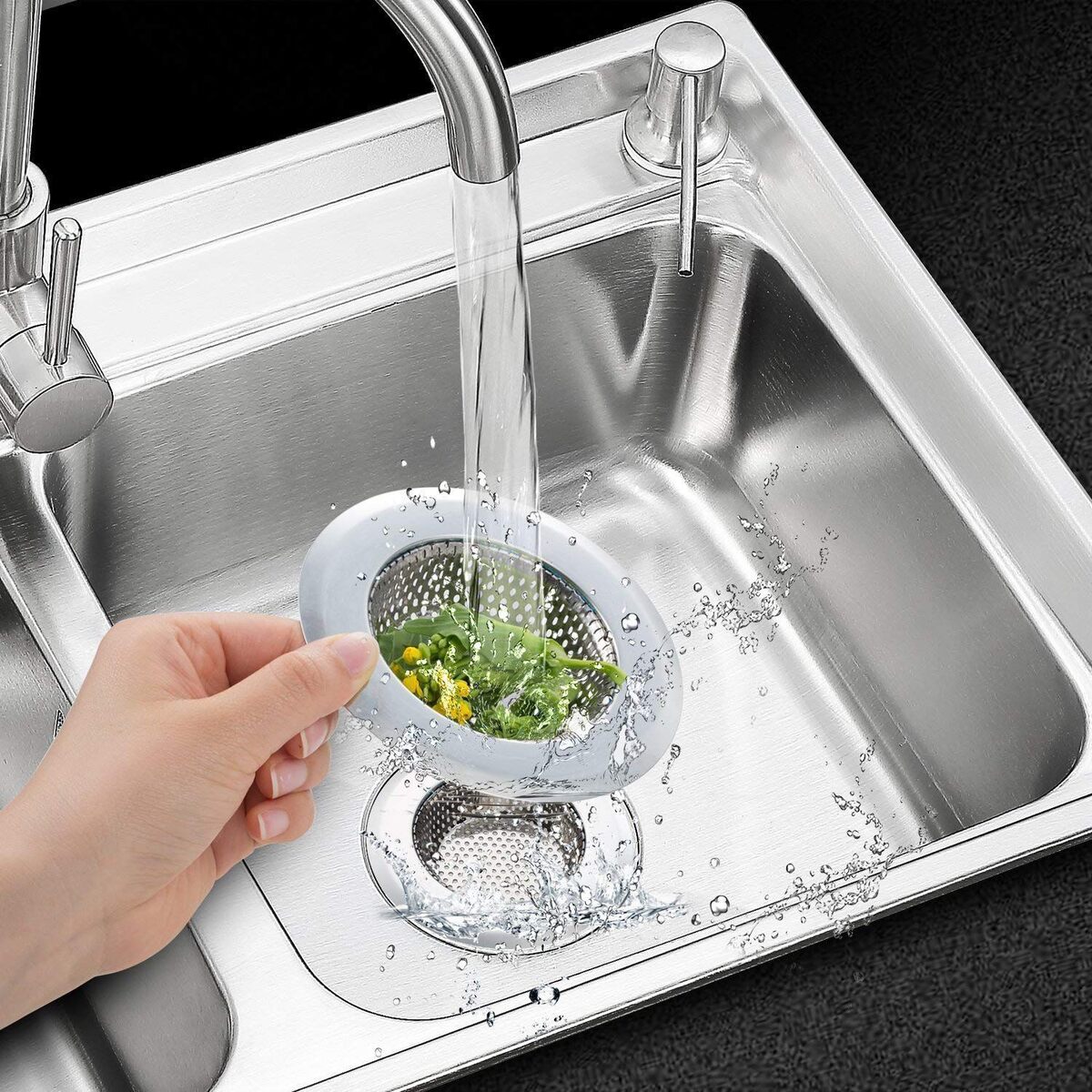
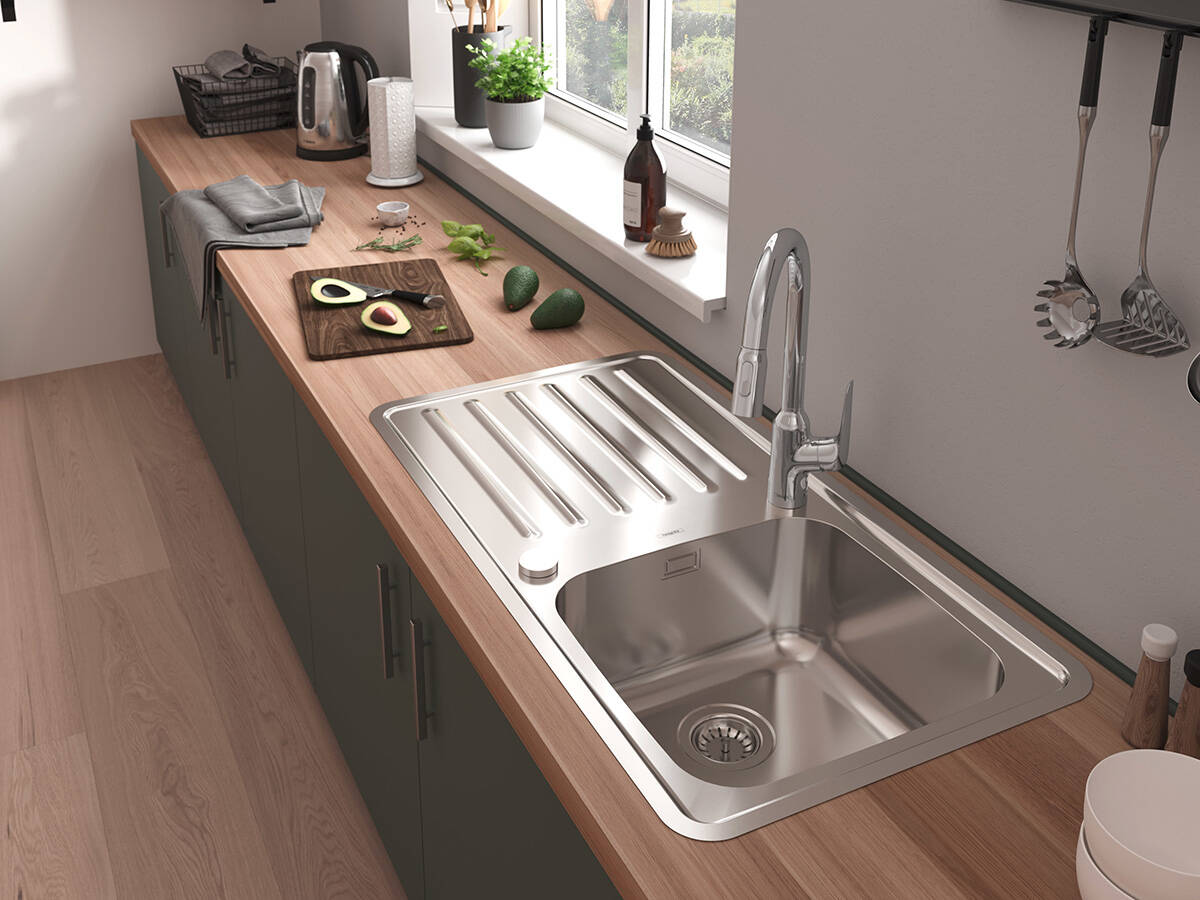
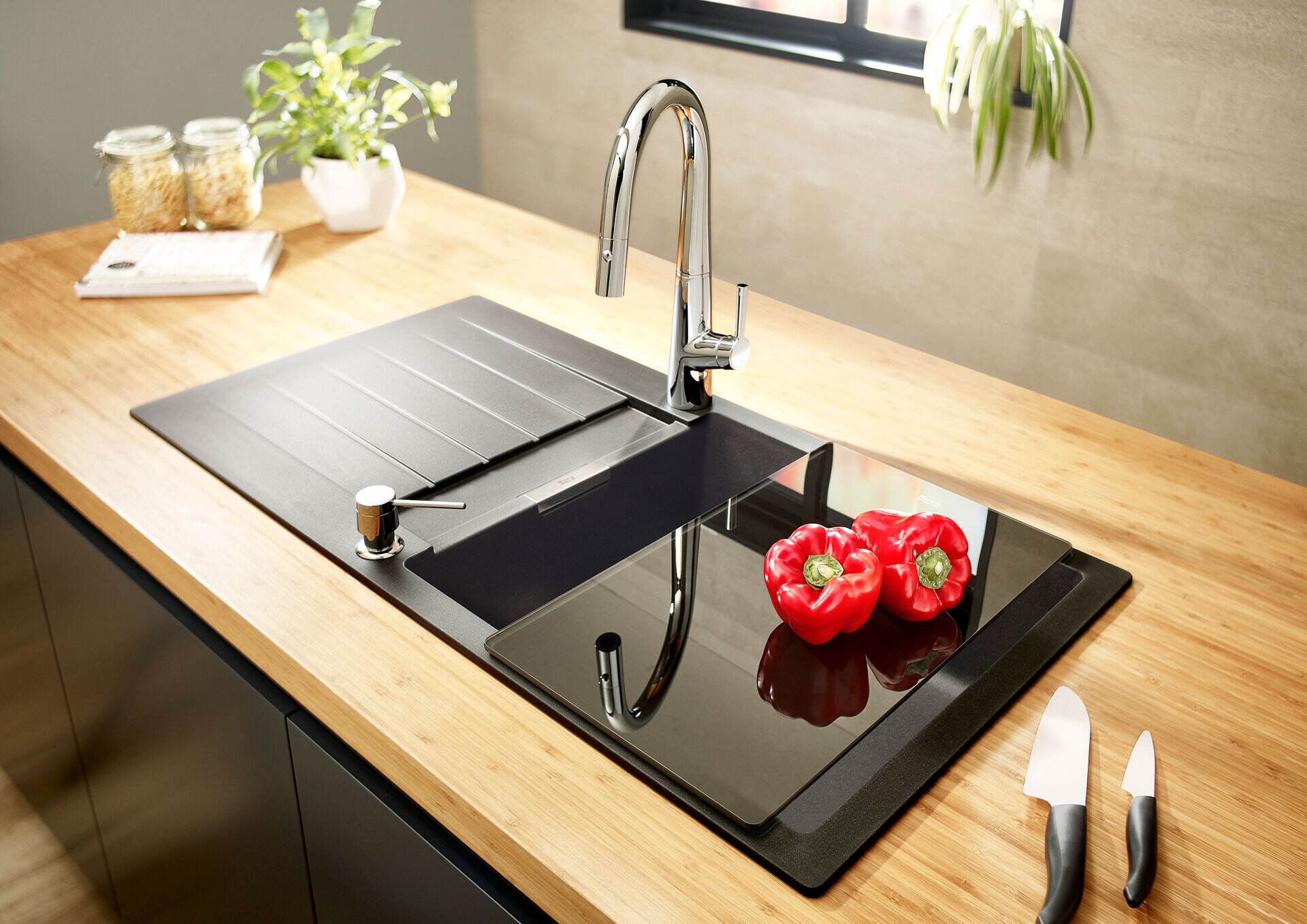
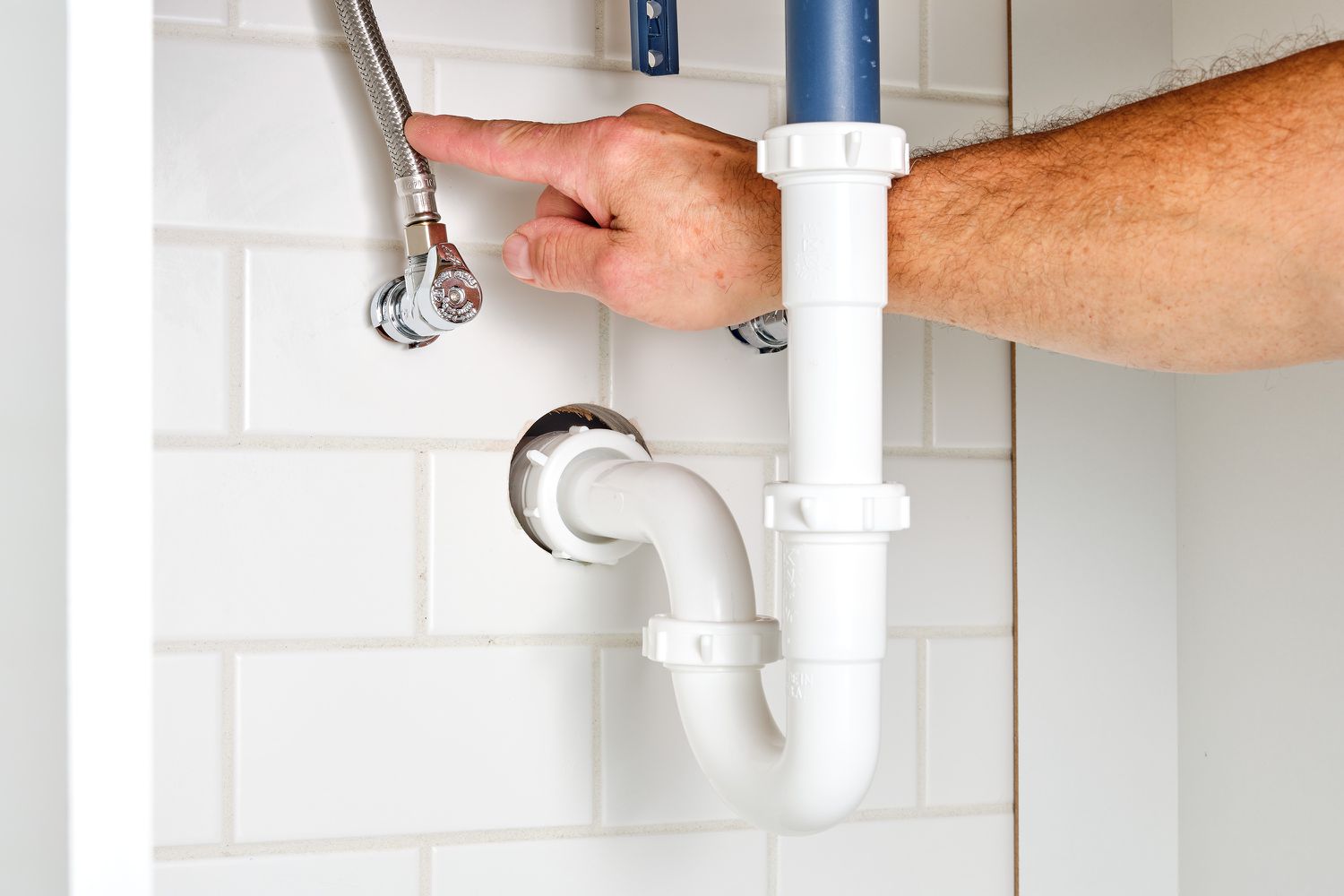
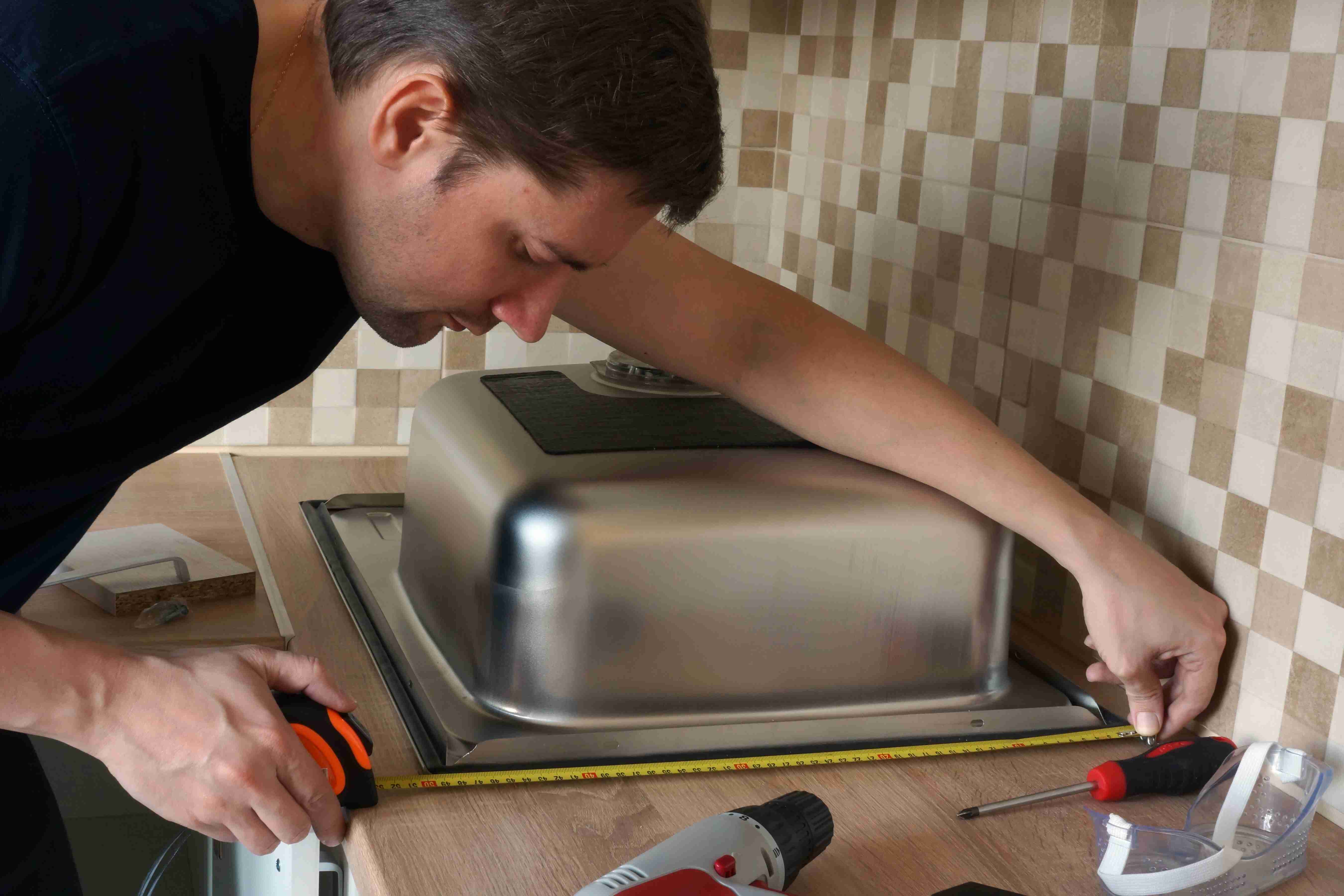
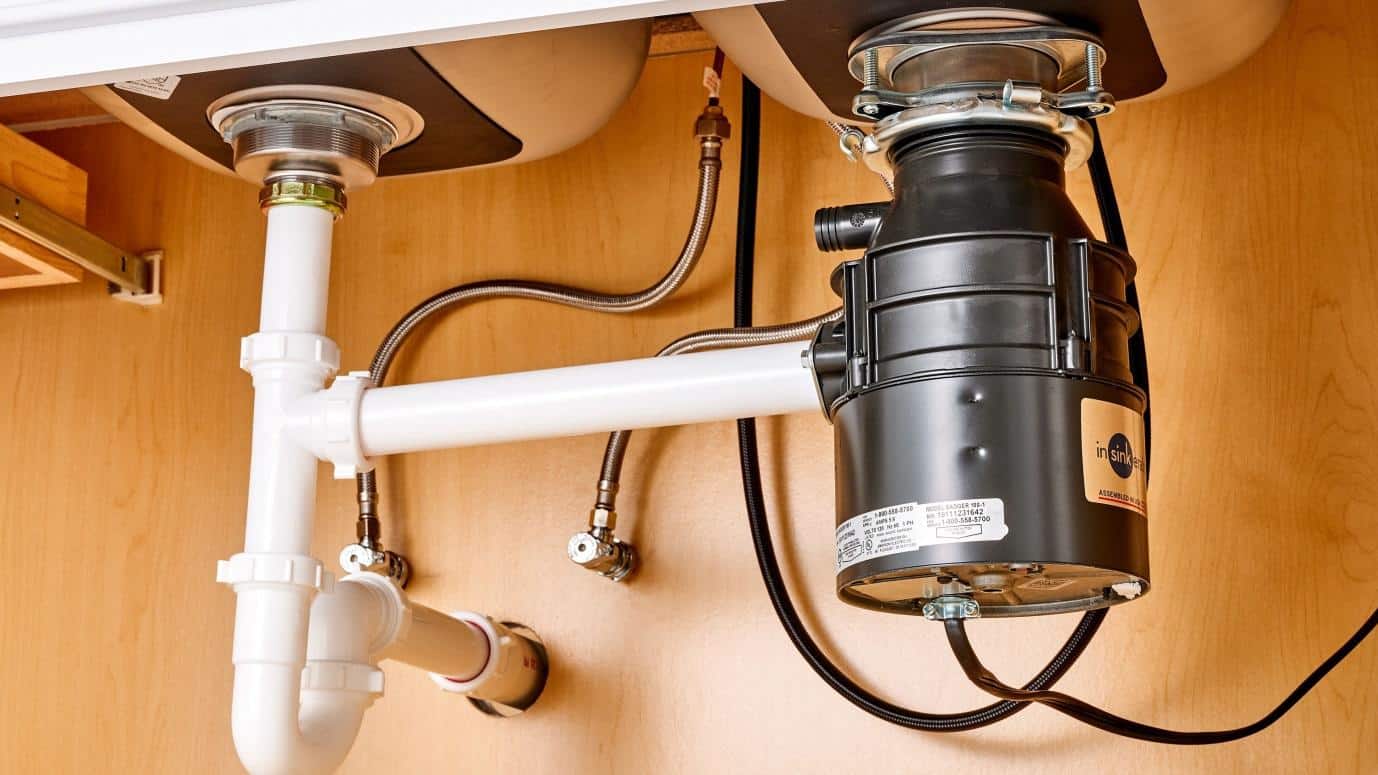
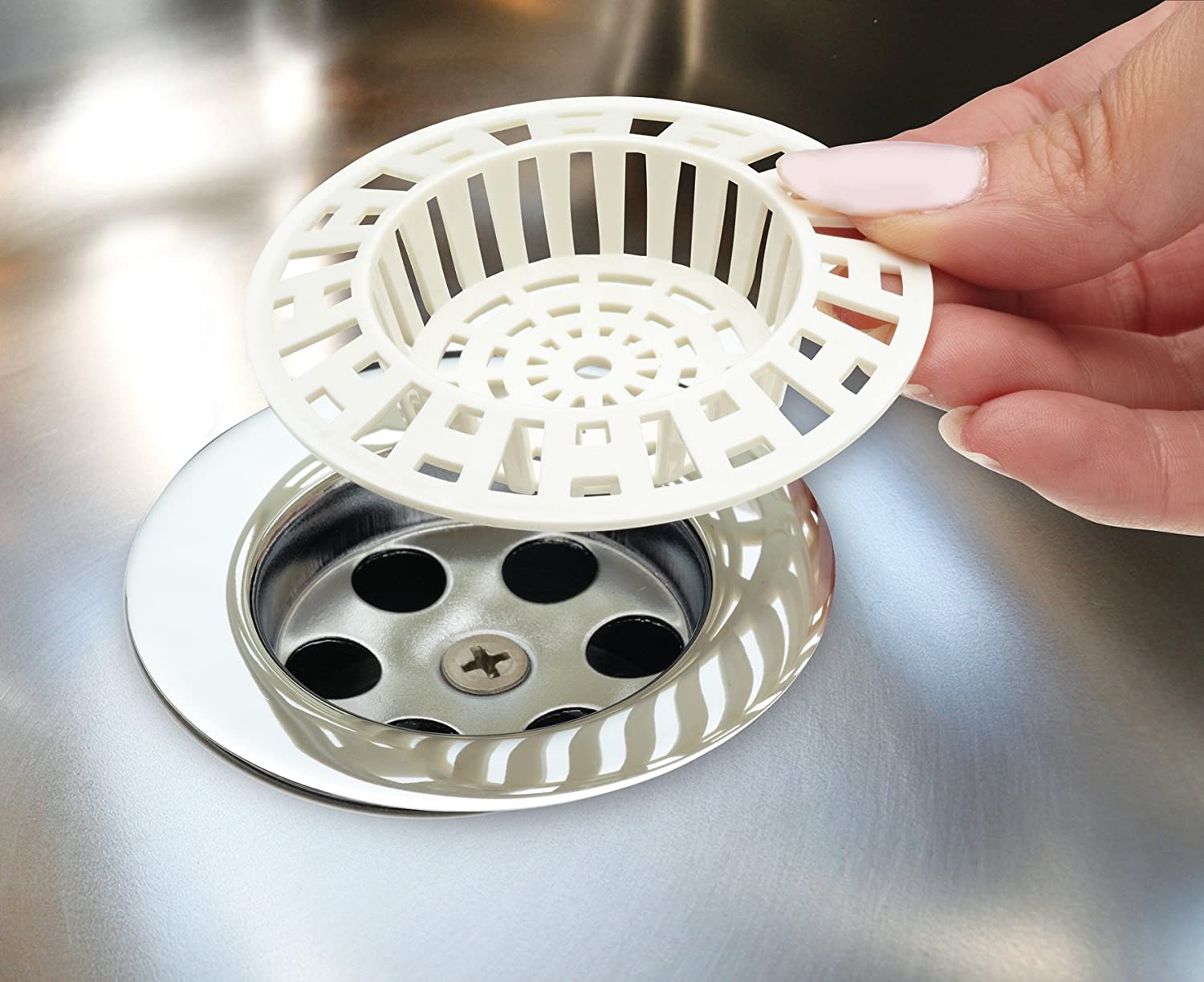
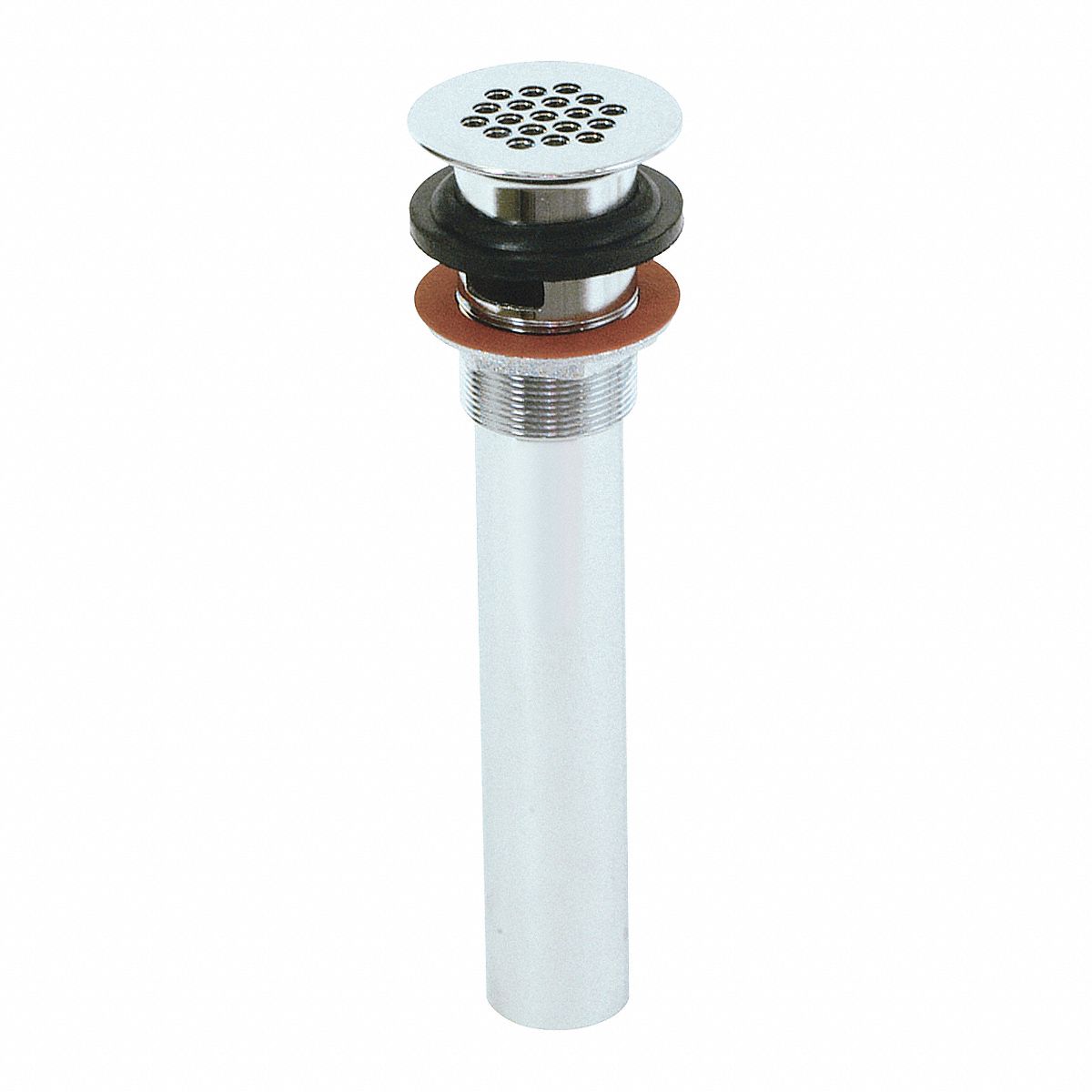
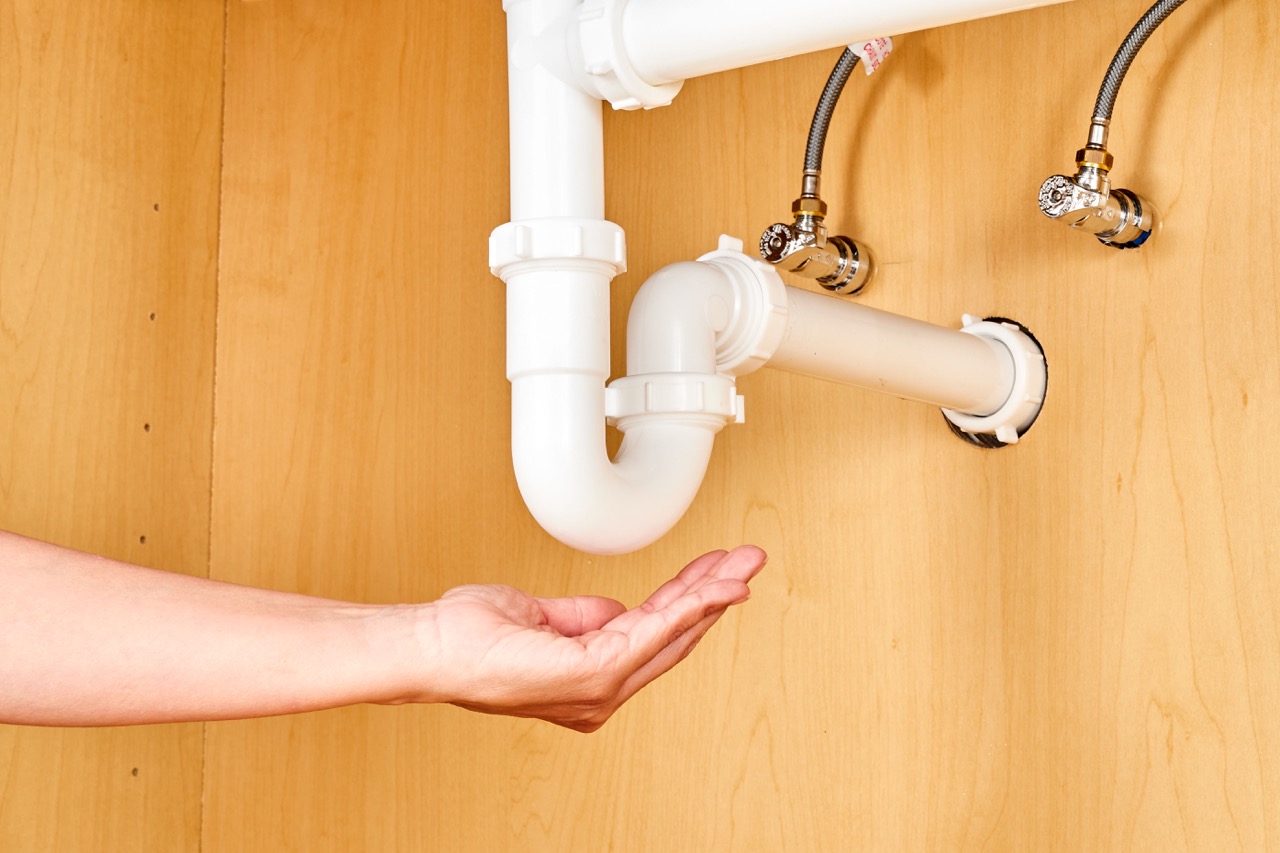
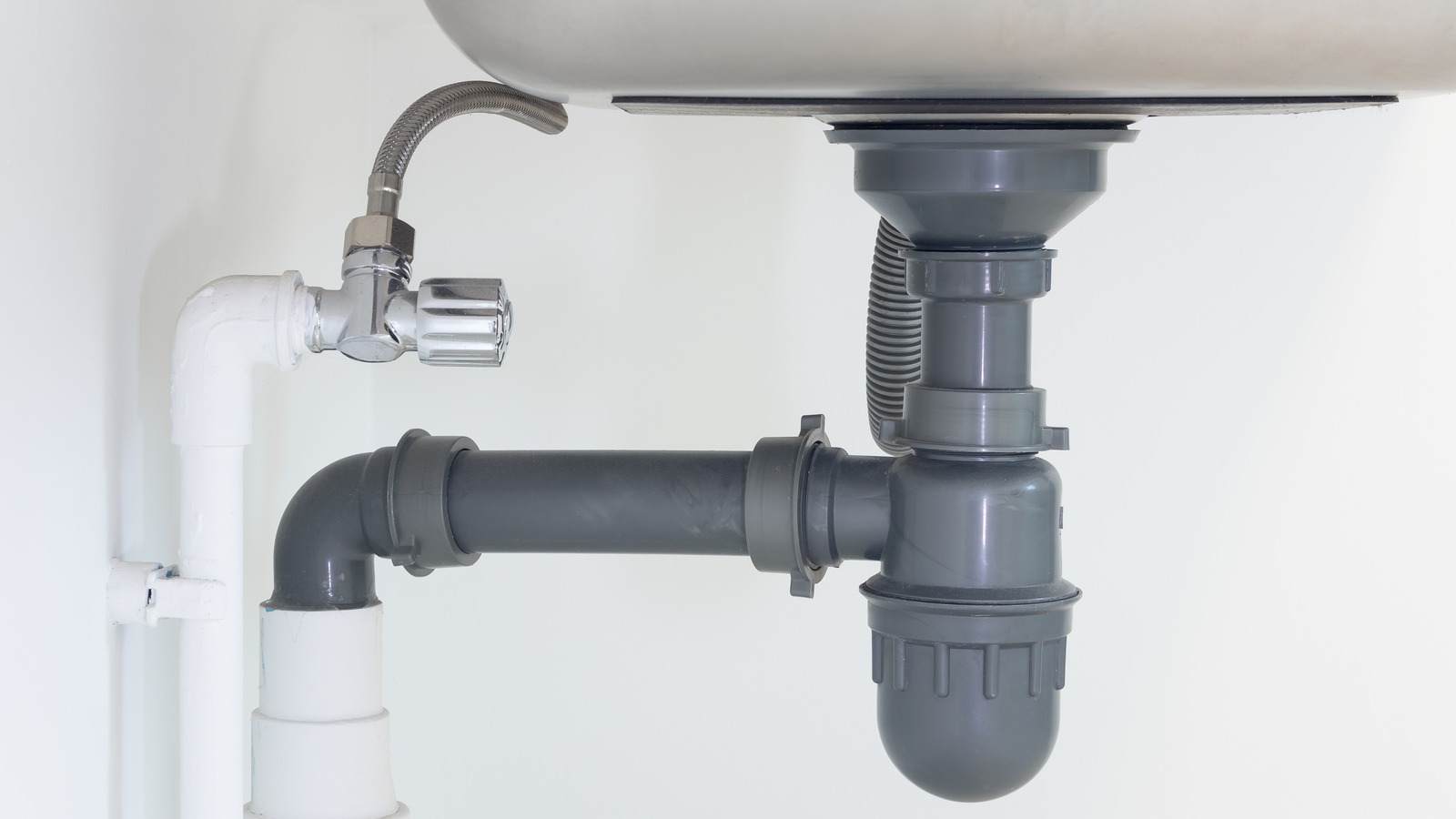
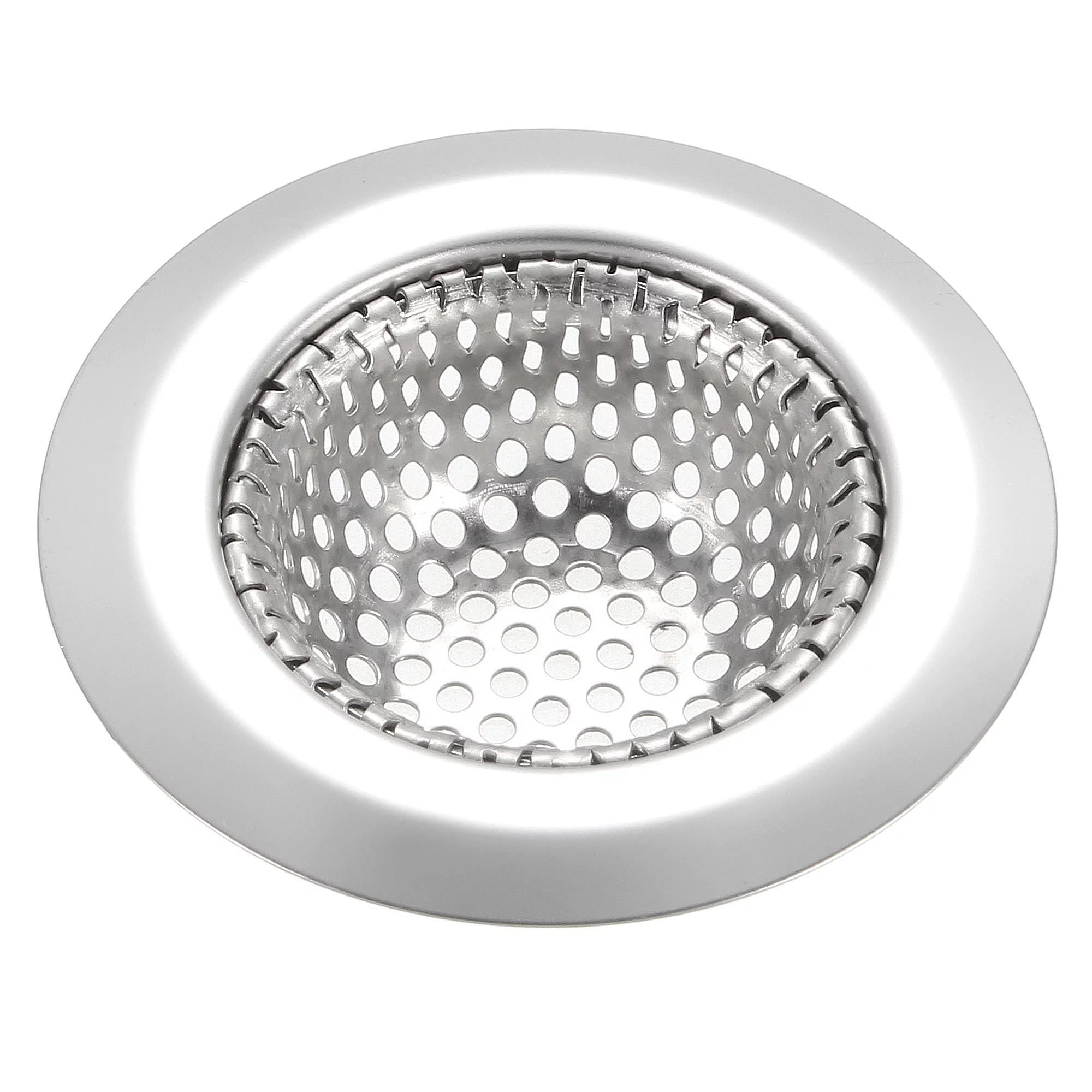
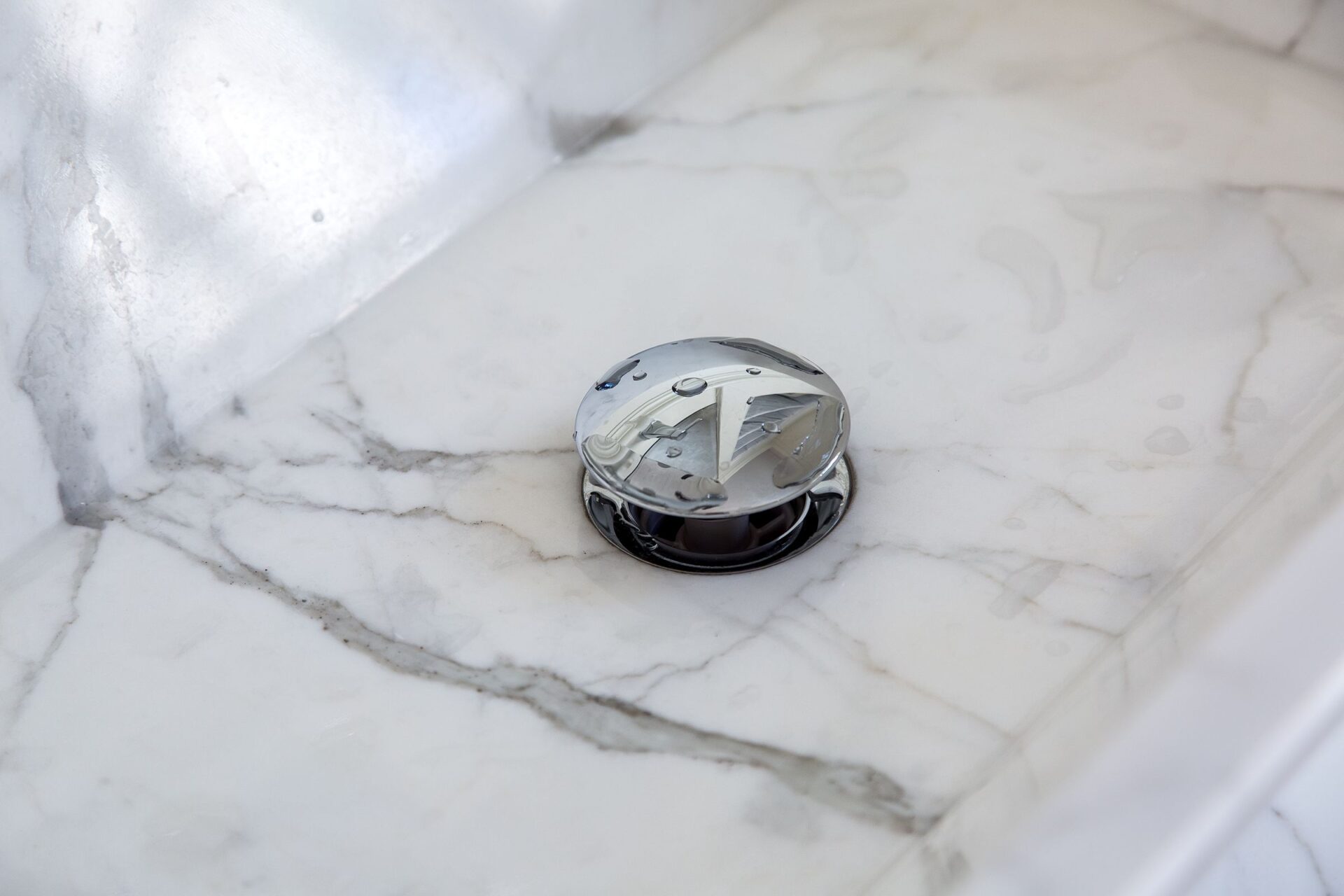
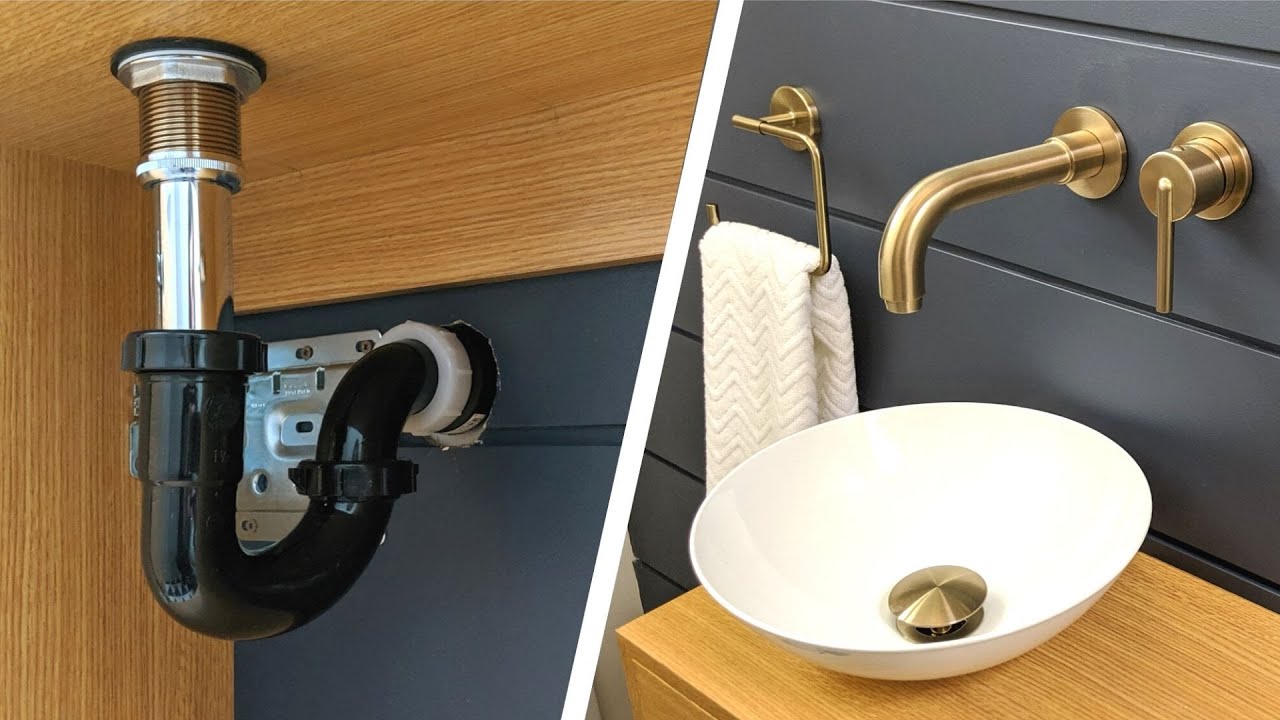

0 thoughts on “How To Install Kitchen Sink Strainer”